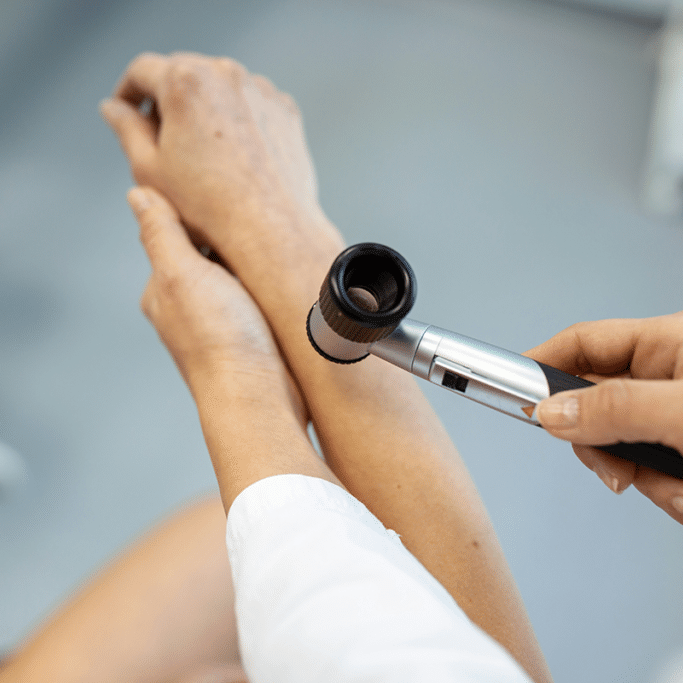Hyperpigmentation Treatment in Lehi, Utah
Schedule A Consultation
MD Consult
- Ideal for:
- Patients wanting the best of the best
- Complicated, advanced, or non-responsive cases
- Patients who simply prefer a doctor
- CO2 resurfacing, liposuction, surgical alternatives
- Not Ideal for
- Weight loss injections, derm clean ups, facials
Cosmetic Consults
- 30 minute (double length) visit
- Baseline "before" photos
- Advanced Trueskin Age® analysis
- Goal setting & history intake
- Evaluation and treatment plan
- Pricing & education
Nurse Consult
- Ideal for:
- Patients who prioritize price
- Weight loss injections, derm clean ups, facials
- Accessibility
- Not Ideal for:
- Patients who simply prefer a doctor
- CO2 resurfacing, liposuction, surgical alternatives
types of pigmentation
steps to clearing unwanted pigmentation
With so many names and treatments available, no wonder everyone is confused. Even worse, marketing typically does not want to stratify treatment options. Every treatment option promises the best possible results. The truth is that pigmentation density, location, source, longevity, and ultimately accurate diagnosis will dictate treatment effectiveness more than the marketers want to say. This is medicine and while it is elective, we believe it still deserves the same care and attention. Here is what to do:
Step 1: Realize that you have options.
Step 2: Ask if you have additional concerns you would also want treated simultaneously.
Step 3: Read through our comparison guide.
Step 4: Schedule a consultation.
Why We're Different:
Dermatologist Expertise
Our team is composed of a Board-certified Dermatologist and Advanced Practice Providers who possess the specialized knowledge and experience necessary for effective birthmark and stubborn pigment removal.
Comprehensive Treatment Options
Personalized Treatment Plans
Transparency and Honesty

Treatment Options
CO2 Laser
Treatment Philosophy: CO2 laser resurfacing is the gold standard for treating sun damage and freckles. This ablative laser removes the outermost layers of damaged skin, stimulating the production of new collagen and elastin. The result is a dramatic improvement in skin tone, texture, and overall appearance.
Pros:
- Highly effective in treating sun damage, freckles, wrinkles, and fine lines.
- Delivers long-lasting results.
- The treatment is suitable for a diverse range of patients, encompassing both older individuals seeking significant enhancements in wrinkles and skin firmness, as well as teenagers desiring improvements in acne scars.
- CO2 effectively complements various skin treatments, injectables, and surgical procedures.
Cons:
- Most expensive treatment option.
- Requires significant downtime, typically 7-10 days.
- Patients with a darker complexion may not be optimal candidates due to an increased susceptibility to side effects such as post-inflammatory hyperpigmentation.
- This may not be the optimal treatment choice for individuals experiencing significant laxity.
- Redness may last for several months, but it will eventually fade away.
- Need to be very cautious about sun exposure
Fraxel Laser
The Frax laser is a highly effective treatment for hyperpigmentation. It uses fractional laser technology to target and destroy pigment-producing cells in the skin. This results in significant fading of dark spots and an overall brighter complexion.
Pros:
- Highly effective
- Minimal preparation required
- Long-lasting results
- Minimal downtime
Cons:
- Expensive
- Can be uncomfortable
- Need to be careful with certain skin types, can cause rebound hyperpigmentation
- Requires multiple sessions
- Need to be very cautious about sun exposure
Pico Laser
The Pico laser is another powerful option for hyperpigmentation treatment. It uses picosecond technology to deliver ultra-short bursts of energy that break down pigment clusters without damaging the surrounding skin. This results in faster and more precise treatment than with traditional lasers.
Pros:
- Highly effective
- Fast results
- Minimal downtime
Cons:
- Expensive
- Requires multiple sessions
IPL Laser
IPL (intense pulsed light) therapy is a gentler alternative to laser treatments. It uses broad-spectrum light to target pigment cells and promote their breakdown. IPL therapy is effective in reducing mild to moderate hyperpigmentation.
Pros:
- Less expensive than laser treatments
- More comfortable
- Requires fewer sessions
Cons:
- Not as effective as laser treatments
- May not be suitable for all skin types
- IPL has the potential to worsen melasma because of its light, heat, and non-specific characteristics.
Vbeam Laser
The Vbeam laser is a specialized laser specifically designed to treat vascular lesions and pigmented lesions. It is particularly effective in treating melasma and other reddish-brown discolorations.
Pros:
- Effective for treating reddish-brown hyperpigmentation
- Less likely to cause side effects than other lasers
Cons:
- Not as effective for treating other types of hyperpigmentation
- More expensive than IPL therapy
Chemical Peels
Chemical peels involve applying a chemical solution to the skin to remove the top layer and promote new skin growth. This can help reduce the appearance of hyperpigmentation, especially when used in combination with other treatments.
Pros:
- Less expensive than laser treatments
- Can be used to treat other skin concerns besides hyperpigmentation
- Requires minimal downtime
Cons:
- Not as effective as laser treatments
- May cause side effects such as redness and peeling
Bleaching Creams
Bleaching creams contain ingredients such as hydroquinone and others to lighten the skin. They are a relatively affordable option for mild hyperpigmentation.
Pros:
- Affordable
- Convenient to use
- No downtime
Cons:
- Not as effective as other treatments
- Can cause side effects such as skin irritation and redness




